Home>Articles>How Long Is Chicken Salad Good In The Refrigerator
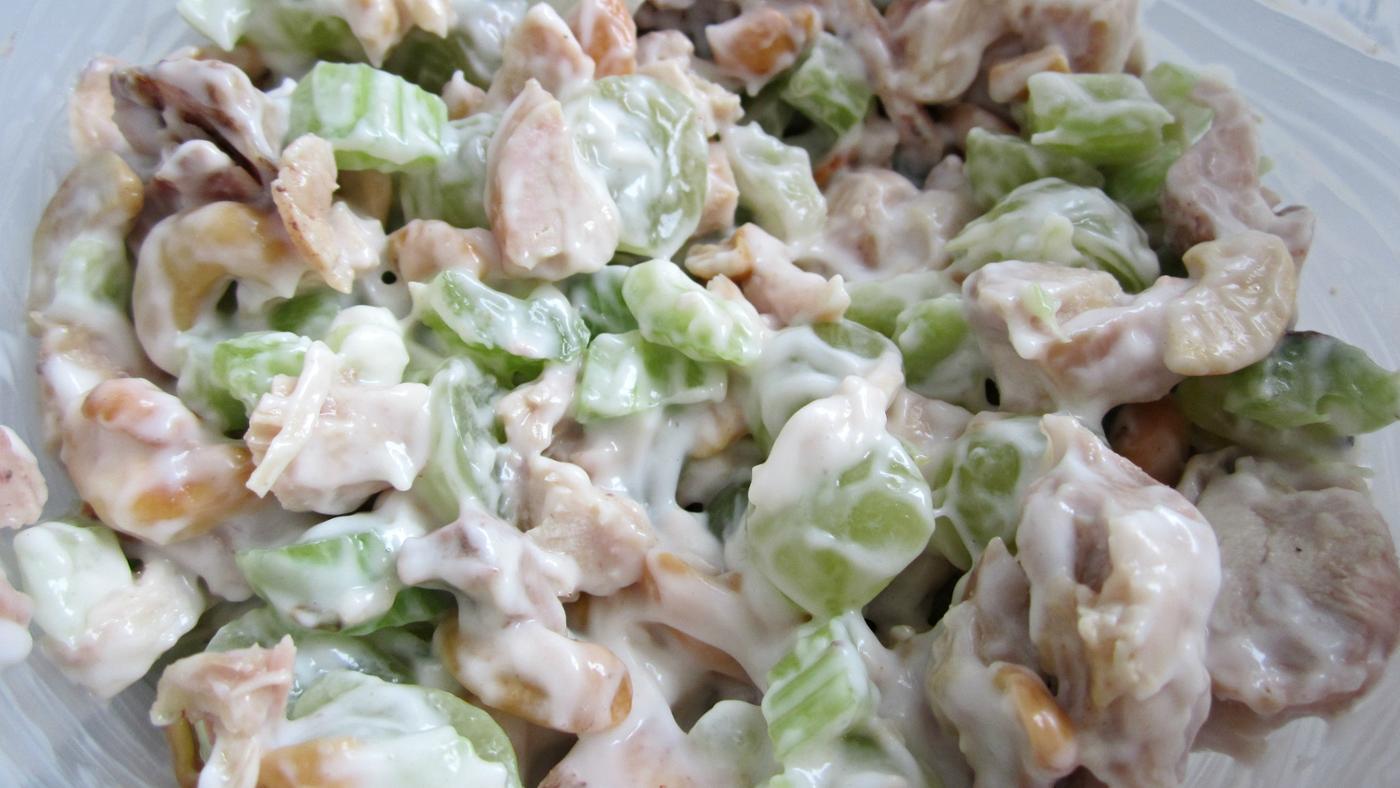

Articles
How Long Is Chicken Salad Good In The Refrigerator
Modified: September 1, 2024
Get all the information about how long chicken salad is good in the refrigerator in this informative article. Find out the proper storage duration and tips to ensure freshness and safety.
(Many of the links in this article redirect to a specific reviewed product. Your purchase of these products through affiliate links helps to generate commission for Storables.com, at no extra cost. Learn more)
How Long Is Chicken Salad Good In The Refrigerator
Chicken salad is a delicious and versatile dish made with cooked chicken, mayonnaise, and various other ingredients like celery, onions, and herbs. It can be enjoyed on its own, as a sandwich filling, or as a topping for salads. However, like any perishable food, it is essential to store chicken salad properly to ensure its safety and maintain its freshness.
Key Takeaways:
- Proper storage and handling are crucial for maintaining the freshness and safety of chicken salad. Factors like ingredient quality, preparation methods, and refrigeration temperature all impact its shelf life.
- By following proper food safety practices, utilizing expiration dates, and storing chicken salad in airtight containers at the ideal temperature, you can extend its shelf life and enjoy it safely for several days.
Read more: How Long Is Egg Salad Good In Refrigerator
Factors Affecting Chicken Salad Shelf Life
The shelf life of chicken salad can vary depending on several factors:
- Ingredients Used: The quality and freshness of the ingredients used in the salad can impact its shelf life. Freshly cooked chicken and crisp, fresh vegetables will contribute to a longer shelf life.
- Preparation Methods: The way the chicken salad is prepared can also affect its shelf life. It is crucial to handle and prepare the ingredients hygienically to prevent bacterial contamination.
- Storage Conditions: Proper storage conditions are vital for preserving the freshness of chicken salad. Temperature, air circulation, and packaging all play a role in extending its shelf life.
Shelf Life of Homemade Chicken Salad
The shelf life of homemade chicken salad can vary, but it is generally recommended to consume it within 3 to 5 days of preparation. It is important to note that this is an estimate and several factors can affect how long the salad remains safe to eat.
Signs of spoilage to watch out for include an off smell, changes in color or texture, mold growth, or sliminess. If any of these signs are present, it is best to discard the chicken salad to avoid the risk of foodborne illness.
Storing Chicken Salad Properly
To maximize the shelf life and safety of chicken salad, it is essential to store it properly:
- Proper Container and Packaging: Store chicken salad in an airtight container or sealable plastic bag to prevent moisture loss and protect it from cross-contamination.
- Ideal Refrigerator Temperature: Keep the chicken salad refrigerated at or below 40°F (4°C). The refrigerator’s temperature should be monitored regularly to ensure it stays within this range.
Tips for Extending Chicken Salad Shelf Life
Here are some additional tips to prolong the shelf life of chicken salad:
- Proper Food Handling and Hygiene Practices: Always wash your hands before and during the preparation of chicken salad. Keep all utensils and surfaces clean to prevent cross-contamination.
- Utilizing Expiration Dates: If you are unsure about the freshness of the chicken salad, check the expiration dates of the ingredients used. This can give you an idea of how long the salad will remain fresh.
By following these guidelines, you can safely enjoy delicious chicken salad for several days while minimizing the risk of foodborne illness.
Remember, when in doubt, it is always better to err on the side of caution and discard any chicken salad that is past its recommended shelf life or shows signs of spoilage.
Enjoy your chicken salad while it’s fresh and safely stored!
Introduction
Chicken salad is a popular and versatile dish that combines cooked chicken with a variety of ingredients like mayonnaise, vegetables, and seasonings. It can be enjoyed as a standalone dish, used as a sandwich filling, or even added to salads for an extra protein boost. The combination of flavors and textures makes chicken salad a favorite among many people.
But beyond its delicious taste, it’s important to note the significance of proper storage when it comes to chicken salad. Food safety should always be a priority, especially when dealing with perishable items like chicken. Whether you are preparing the salad at home or purchasing it from a store, understanding how to store it correctly is crucial to maintain its freshness and prevent foodborne illnesses.
What is Chicken Salad?
Chicken salad typically consists of cooked, shredded or diced chicken meat mixed with other ingredients such as mayonnaise, celery, onions, and seasonings. The combination of these ingredients creates a creamy and flavorful mixture that can be customized to individual tastes.
Chicken salads can be made with various types of chicken, including roasted, grilled, or poached, depending on personal preferences. The addition of vegetables and herbs not only adds texture and flavor but also provides additional nutritional value.
Importance of Proper Storage
Proper storage of chicken salad is crucial for two main reasons – maintaining its freshness and ensuring food safety. When it comes to maintaining freshness, storing chicken salad correctly helps preserve its taste, texture, and overall quality.
Additionally, food safety is of utmost importance when it comes to perishable items like chicken salad. Poor storage conditions can lead to bacterial growth, which can cause foodborne illnesses such as salmonella or E. coli. It’s essential to understand and follow proper storage guidelines to minimize the risk of contamination and to keep everyone who consumes the salad safe and healthy.
By understanding what chicken salad is and appreciating the importance of proper storage, you can enjoy this delicious dish with peace of mind, knowing that it is both fresh and safe to consume.
Key Takeaways:
- Proper storage and handling are crucial for maintaining the freshness and safety of chicken salad. Factors like ingredient quality, preparation methods, and refrigeration temperature all impact its shelf life.
- By following proper food safety practices, utilizing expiration dates, and storing chicken salad in airtight containers at the ideal temperature, you can extend its shelf life and enjoy it safely for several days.
Read more: How Long Is Egg Salad Good In Refrigerator
Factors Affecting Chicken Salad Shelf Life
Several factors can influence the shelf life of chicken salad. Understanding these factors is essential in determining how long the salad can remain fresh and safe to consume. The primary factors include the ingredients used, preparation methods, and storage conditions.
Ingredients Used
The quality and freshness of the ingredients used in chicken salad can significantly impact its shelf life. Using fresh, high-quality ingredients, including chicken, vegetables, and mayonnaise, can help prolong the salad’s freshness. Ensure that the chicken is properly cooked and that the vegetables are crisp and in good condition before adding them to the salad. Fresh ingredients are less likely to promote bacterial growth, resulting in a longer shelf life for the salad.
Preparation Methods
The way chicken salad is prepared can also influence its shelf life. It is important to handle and prepare all the ingredients hygienically to minimize the risk of bacterial contamination. Ensure that the chicken is fully cooked to the appropriate internal temperature to kill any harmful bacteria. Further, make sure that all utensils, cutting boards, and preparation surfaces are clean and sanitized to prevent cross-contamination. Following proper food safety practices during preparation will promote a longer shelf life for the chicken salad.
Storage Conditions
The storage conditions are critical in maintaining the freshness of chicken salad. Storing the salad at the proper temperature and in the appropriate environment is crucial to prevent bacterial growth and spoilage. Store chicken salad in airtight containers or sealable plastic bags to minimize exposure to air, which can accelerate the deterioration process. Additionally, storing the salad in the refrigerator at a temperature of 40°F (4°C) or below is recommended. Keeping the salad cold inhibits the growth of bacteria and extends its shelf life.
Overall, by using fresh and high-quality ingredients, following proper food safety practices during preparation, and storing the salad in suitable conditions, the shelf life of chicken salad can be maximized. These factors play a critical role in ensuring that the salad remains fresh, tasty, and safe to consume.
Shelf Life of Homemade Chicken Salad
The shelf life of homemade chicken salad can vary depending on various factors. It is important to be aware of the recommended storage time and signs of spoilage to ensure the salad remains safe to consume.
Recommended Storage Time
Generally, homemade chicken salad is best consumed within 3 to 5 days of preparation. This time frame allows for optimal freshness and quality. However, it is important to note that this is just an estimate, and the actual shelf life can be influenced by factors like ingredients’ freshness, storage conditions, and food handling practices.
If you have prepared a larger batch of chicken salad and would like it to last longer, you can consider dividing it into smaller portions and freezing them. Chicken salad typically freezes well and can keep for up to 1 to 2 months if stored properly in airtight containers or freezer bags. Thaw the frozen chicken salad in the refrigerator overnight before consuming.
Signs of Spoilage
It is crucial to be aware of the signs of spoilage to avoid consuming chicken salad that has gone bad. Here are some common signs to watch out for:
- Off smell: If the chicken salad produces a foul or unusual odor, it is likely spoiled and should be discarded.
- Changes in color or texture: If the salad appears discolored or has a slimy texture, it is past its prime and should not be consumed.
- Mold growth: If you notice any mold on the salad, it indicates spoilage, and the entire portion should be discarded.
It is crucial to remember that these signs indicate potential bacterial growth or contamination, which can lead to foodborne illnesses. If you observe any of these signs, it is important to err on the side of caution and discard the chicken salad to ensure your health and well-being.
By being mindful of the recommended storage time and staying vigilant for signs of spoilage, you can enjoy homemade chicken salad safely while ensuring its freshness and quality.
Storing Chicken Salad Properly
To maintain the freshness and safety of chicken salad, it is crucial to store it properly. By following these guidelines, you can ensure that the salad stays in optimal condition for as long as possible.
Proper Container and Packaging
When storing chicken salad, it is important to use an airtight container or sealable plastic bag. These containers help prevent moisture loss and protect the salad from exposure to air and potential contaminants. A well-sealed container also helps maintain the salad’s flavor and texture.
It is recommended to choose a container that is sized appropriately for the amount of chicken salad you are storing. Leaving too much empty space in the container can lead to excess air exposure, which may decrease the salad’s shelf life.
If you prefer using plastic bags, make sure they are of high quality and designed for food storage. Squeeze out any excess air from the bags before sealing to minimize oxidation and maintain the salad’s freshness for longer.
Ideal Refrigerator Temperature
The ideal temperature for storing chicken salad is at or below 40°F (4°C). This temperature range inhibits bacterial growth and helps maintain the salad’s quality. It is essential to use a refrigerator thermometer to monitor the temperature regularly and ensure it stays within the safe range.
Position the chicken salad container or bag on a refrigerator shelf rather than in the door. The door is not as consistently cool as the interior shelves due to the frequent opening and closing, which can subject the salad to temperature fluctuations.
It is also crucial to avoid placing the chicken salad near raw meat or poultry to prevent cross-contamination. Keep it on a separate shelf or in a dedicated section of the refrigerator.
Remember to close the refrigerator door tightly after each use to maintain a consistent temperature and avoid unnecessary exposure to warmer air from outside.
By using proper containers and packaging, and ensuring the ideal refrigerator temperature, you can effectively store chicken salad and prolong its shelf life. Doing so will help maintain its freshness and safety for longer periods, allowing you to enjoy the salad at its best.
Tips for Extending Chicken Salad Shelf Life
To extend the shelf life of chicken salad and ensure its freshness and safety, consider implementing the following tips:
Proper Food Handling and Hygiene Practices
When preparing and serving chicken salad, it is crucial to practice proper food handling and hygiene to minimize the risk of bacterial contamination.
Start by washing your hands thoroughly with soap and water before handling any ingredients. This helps prevent the transfer of bacteria from your hands to the food. Additionally, ensure that all utensils, cutting boards, and surfaces used for preparing the chicken salad are clean and sanitized.
When handling and storing the ingredients, avoid cross-contamination. Keep raw chicken separate from other ingredients to prevent the spread of bacteria. Use separate cutting boards and utensils, or clean and sanitize them thoroughly between uses.
Remember to refrigerate leftover chicken salad promptly, ideally within two hours of preparation. Leaving it at room temperature for an extended period can promote bacterial growth and compromise its safety.
Utilizing Expiration Dates
Be sure to check the expiration dates of all the ingredients used in the chicken salad, such as the chicken, mayonnaise, and other mix-ins. Make sure they are not past their recommended dates.
The expiration date provides a guideline for how long the ingredient will maintain its quality and safety. If any of the ingredients are close to or past their expiration dates, it is best to avoid using them in the salad. Using expired ingredients can compromise the overall shelf life and safety of the chicken salad.
It is also crucial to store the chicken salad in a container or sealable bag that provides space for labeling. Labeling the container with the date of preparation can help you keep track of how long it has been stored in the refrigerator. This allows you to monitor and adhere to the recommended storage time more easily.
By practicing proper food handling and hygiene practices and paying attention to expiration dates, you can prolong the shelf life of chicken salad and keep it fresh and safe to consume.
Remember, proper storage and handling are essential to enjoying chicken salad without any health risks. By following these tips, you can maximize the shelf life of your chicken salad and savor its flavors for longer.
Conclusion
Chicken salad is a versatile and delicious dish that can be enjoyed in various ways, from being a standalone meal to a delightful sandwich filling or salad topper. However, it is essential to store chicken salad properly to maintain its freshness and ensure its safety for consumption.
Factors such as the ingredients used, preparation methods, and storage conditions can all affect the shelf life of chicken salad. Choosing fresh and high-quality ingredients, following proper food safety practices during preparation, and storing the salad in appropriate containers and at the ideal refrigerator temperature can help extend its shelf life.
It is recommended to consume homemade chicken salad within 3 to 5 days of preparation, although this can vary depending on various factors. Paying attention to signs of spoilage, such as an off smell, changes in color or texture, or mold growth, is crucial in determining if the salad has gone bad.
Storing chicken salad properly involves using airtight containers or sealable plastic bags, as well as keeping it refrigerated at or below 40°F (4°C). By doing so, you can prevent bacterial growth and maintain the salad’s freshness and quality.
To further extend the shelf life of chicken salad, it is important to practice proper food handling and hygiene. This includes washing hands before and during food preparation, sanitizing utensils and surfaces, and avoiding cross-contamination. Additionally, paying attention to expiration dates of ingredients used can help ensure the salad is made with fresh and safe ingredients.
In conclusion, by understanding the factors that affect the shelf life of chicken salad and implementing proper storage techniques, you can enjoy this delectable dish for an extended period while ensuring its safety and quality. With the right storage practices, you can savor the flavors and textures of chicken salad without compromising your health.
Remember, when in doubt, trust your instincts and discard any chicken salad that shows signs of spoilage. Your health and well-being are paramount, and it’s better to err on the side of caution when it comes to food safety.
So go ahead and prepare and store your chicken salad with care, and relish every bite of this delightful dish!
Frequently Asked Questions about How Long Is Chicken Salad Good In The Refrigerator
Was this page helpful?
At Storables.com, we guarantee accurate and reliable information. Our content, validated by Expert Board Contributors, is crafted following stringent Editorial Policies. We're committed to providing you with well-researched, expert-backed insights for all your informational needs.


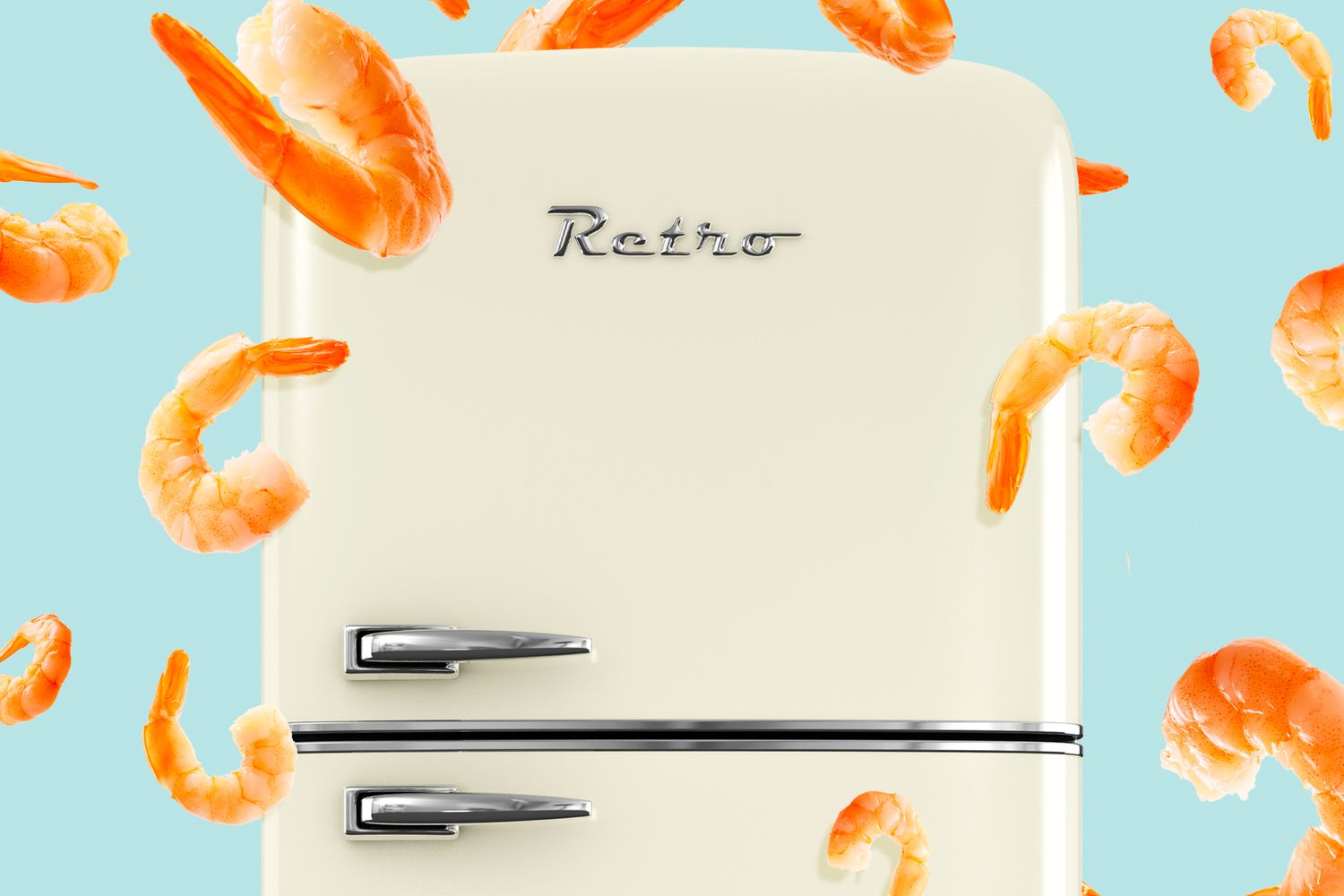


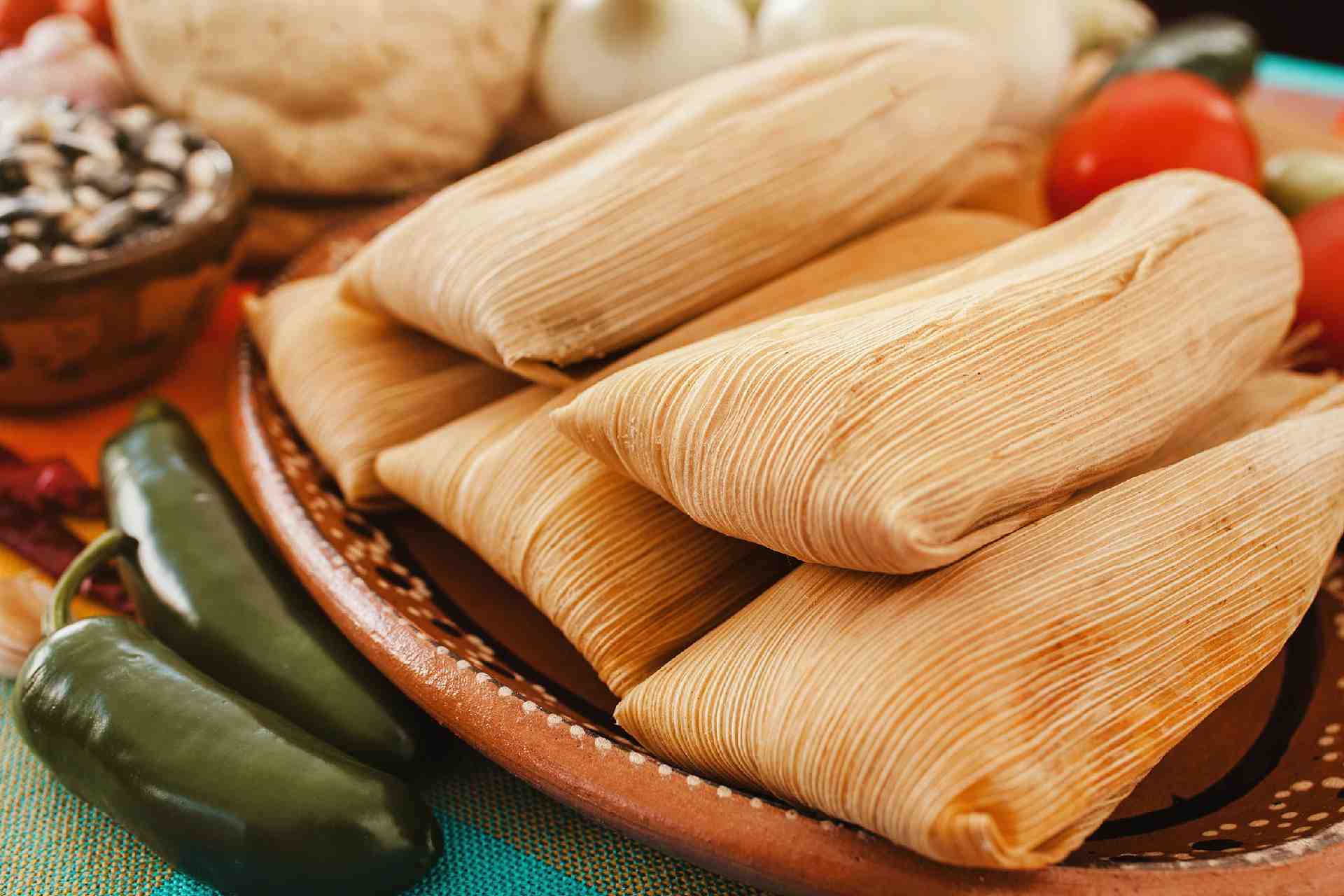

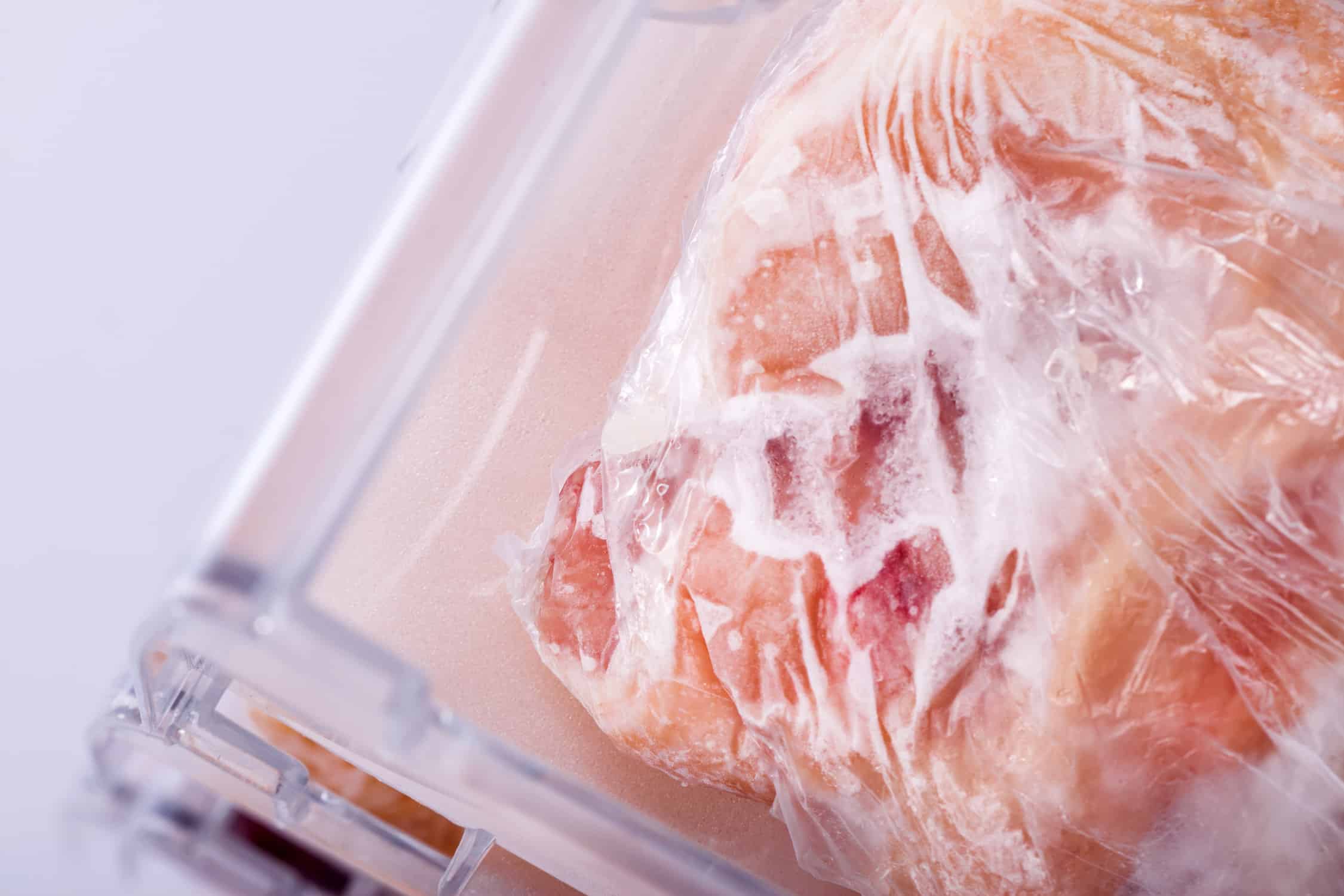
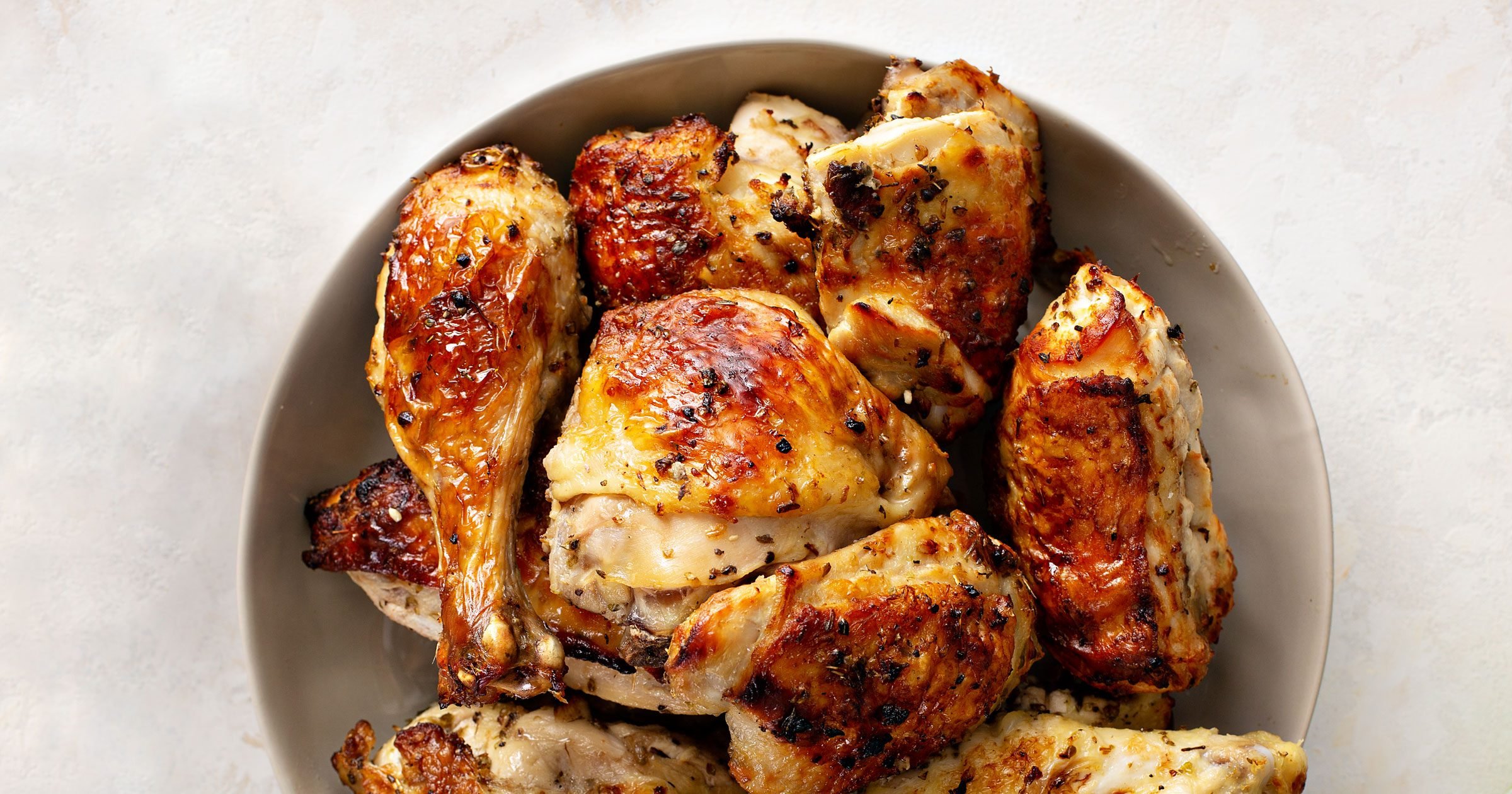
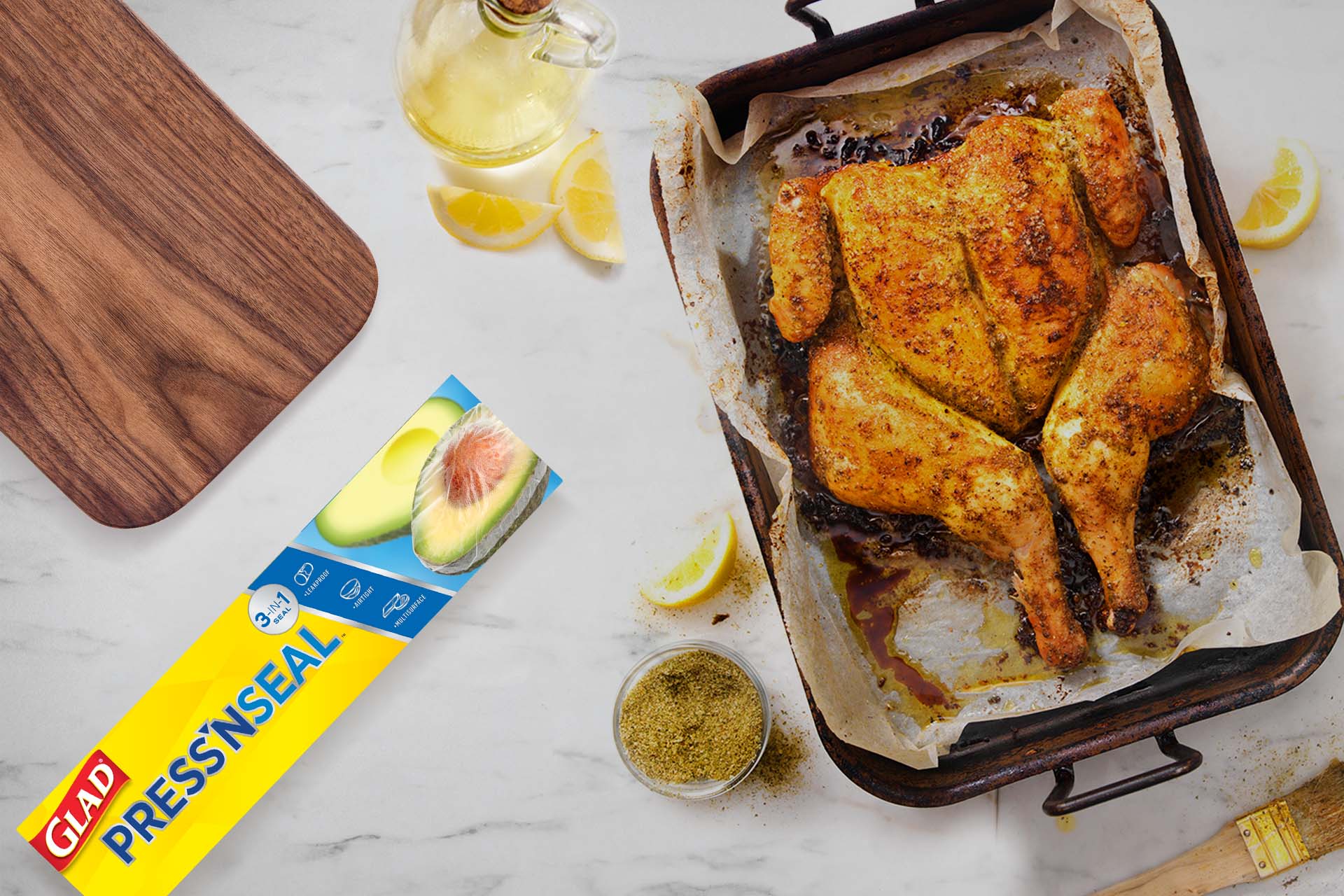

0 thoughts on “How Long Is Chicken Salad Good In The Refrigerator”